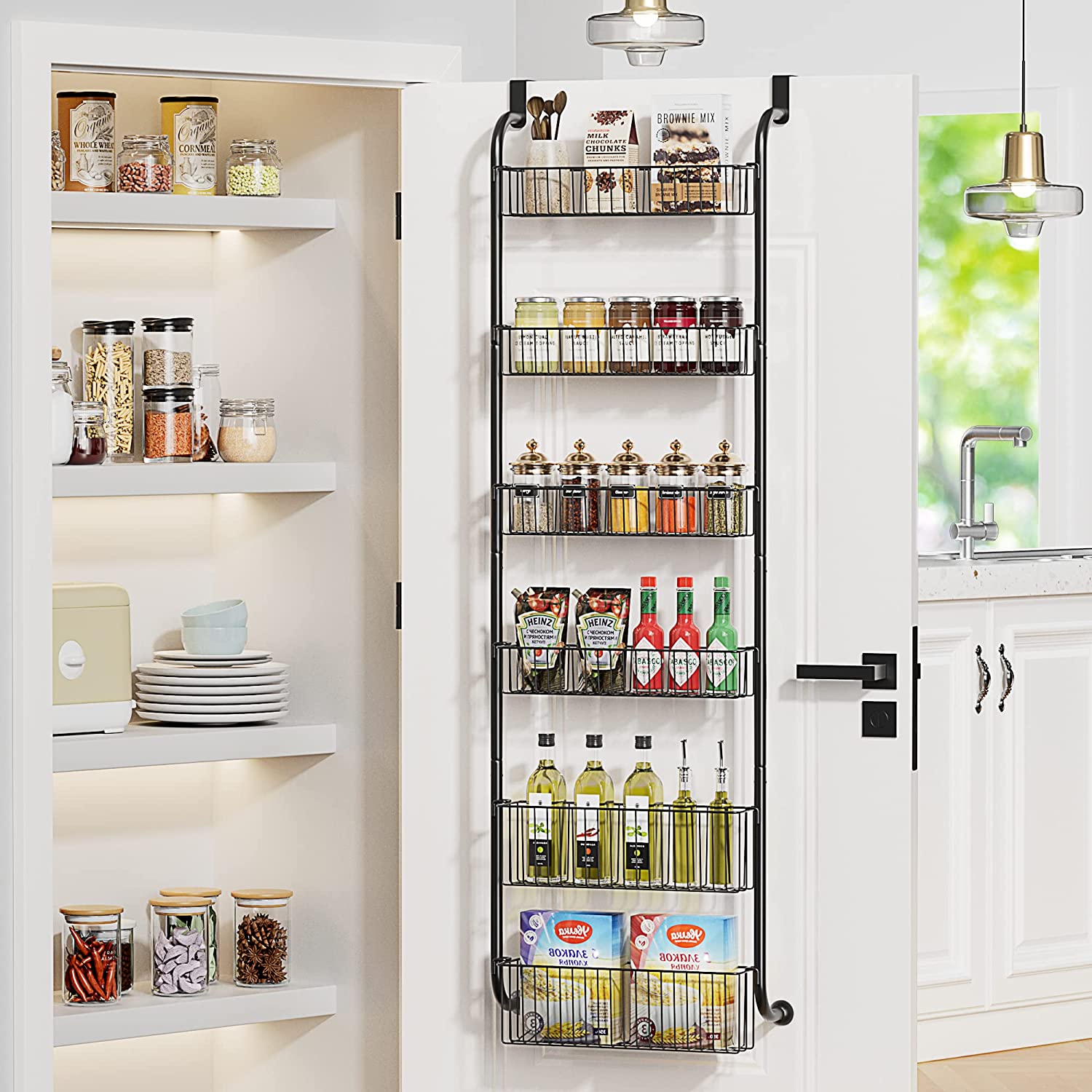

Articles
How To Organize A Pantry Closet
Modified: January 18, 2024
Looking for effective ways to maximize pantry storage? Learn how to organize your pantry closet with these helpful tips and declutter your kitchen for good!
(Many of the links in this article redirect to a specific reviewed product. Your purchase of these products through affiliate links helps to generate commission for Storables.com, at no extra cost. Learn more)
Introduction
Welcome to your ultimate guide on how to organize a pantry closet! We all know how frustrating it can be to rummage through a cluttered and disorganized pantry, searching for that elusive spice or ingredient. But fear not, with a little planning, some smart organizing strategies, and a pinch of creativity, you can transform your pantry closet into a functional and efficient space that will make meal preparation a breeze.
Having a well-organized pantry not only saves you time and energy, but it also ensures that you can easily find and access all your pantry essentials. From neatly arranging canned goods to creating designated zones for different items, the possibilities for optimizing your pantry closet are endless.
In this guide, we will walk you through a step-by-step process to help you achieve the pantry organization of your dreams. We will start by assessing your pantry closet space, move on to clearing out and cleaning the pantry, and then dive into categorizing and sorting your pantry items. Next, we will explore various storage solutions and provide tips on arranging items effectively. Lastly, we will discuss how to maintain an organized pantry in the long run.
So, whether you have a small pantry closet or a walk-in pantry, this guide will equip you with the knowledge and inspiration you need to create a well-organized and functional space. Get ready to bid farewell to pantry chaos and embrace the joy of a beautifully organized pantry!
Key Takeaways:
- Transform your pantry into an efficient space by assessing, clearing, categorizing, and choosing the right storage solutions. Maintain organization with regular decluttering and involve the household for a functional and visually appealing pantry.
- Create a well-arranged pantry by prioritizing accessibility, grouping similar items, and utilizing vertical space. Establish habits to maintain organization, including regular decluttering, rotation of items, and involving the whole household.
Read more: How To Turn A Closet Into A Pantry
Assessing your pantry closet space
Before diving into the organization process, it’s essential to assess your pantry closet space. Understanding the layout, dimensions, and unique features of your pantry will help you plan and utilize the space effectively.
Start by taking inventory of the items currently stored in your pantry. This will give you an idea of the storage needs and the amount of space required. Assess which items are frequently used and prioritize their accessibility.
Next, measure the dimensions of your pantry closet, including height, width, and depth. This will help you determine the type and size of storage solutions that will fit comfortably in your pantry. Consider any existing shelves, hooks, or racks. Take note of any wasted or underutilized space that can be maximized.
Additionally, evaluate the lighting situation in your pantry. Good lighting is crucial for easily locating items, especially in deep shelves or corners. If the current lighting is insufficient, consider installing LED lights or using adhesive light strips.
While assessing your pantry closet, pay attention to any potential issues or challenges. Is there limited vertical space? Are there awkward corners or angles that make it difficult to access certain areas? Identifying these challenges will help you come up with customized solutions later in the organizing process.
Lastly, think about the aesthetic aspect of your pantry. Consider the colors and patterns that will complement your kitchen decor. This will enhance the overall visual appeal of your pantry and make it a more inviting space.
By thoroughly assessing your pantry closet space, you will have a clear understanding of its capabilities and limitations. This information will serve as a solid foundation for planning and implementing an effective organization system tailored to your specific needs and preferences.
Clearing out and cleaning the pantry
Once you have assessed your pantry closet space, it’s time to clear out and clean the pantry. This step is crucial to create a fresh and clean slate for organizing your pantry items.
Start by emptying out your pantry completely. Remove all items from the shelves and place them on a cleared countertop or table. This will allow you to see everything you have and make informed decisions about what to keep, donate, or discard.
As you go through your items, check for expiration dates and signs of spoilage. Discard anything that is expired, damaged, or no longer safe to consume. Consider donating non-perishable items that are in good condition but not being used.
While you clear out your pantry, take the opportunity to deep clean the space. Use a vacuum or a broom to remove any dust and debris from the shelves. Wipe down the walls and surfaces with a gentle cleaner to remove any sticky residue or stains. Pay attention to corners and hard-to-reach areas. Let the pantry air out for a while to eliminate any lingering odors.
Once you have emptied and cleaned the pantry, it’s time to evaluate your storage containers and shelves. Assess the condition of your existing containers. Replace any damaged or mismatched containers, and make sure they are clean and free from any lingering food residue.
If you don’t have storage containers, now is the time to invest in them. Clear plastic bins or glass jars are great options for storing dry goods like cereals, grains, and snacks. They keep your items visible and neatly contained. Consider having a variety of container sizes to accommodate different pantry items.
As you clean and organize, keep in mind the principle of grouping similar items together. This will make it easier to find what you need and maintain an organized pantry in the long run.
By clearing out and cleaning your pantry, you set the stage for an organized and tidy space. It’s a vital step to ensure that your pantry items are fresh, accessible, and well-preserved.
Categorizing and sorting items
Now that you have a clean and empty pantry, it’s time to categorize and sort your items. This step will help you create a logical and functional organization system, making it easy to find what you need and maintain the order in your pantry.
Start by grouping similar items together. Common categories include canned goods, spices, baking ingredients, condiments, snacks, and grains. Consider your own cooking and eating habits to determine the most suitable categories for your pantry. You can create subcategories within each main category, such as organizing spices alphabetically or grouping canned goods by type.
Once you have identified your categories, it’s time to assign them dedicated areas in your pantry. Utilize the different shelves and zones to create designated spaces for each category. This will prevent items from getting mixed up and make it easier to locate them later on.
As you sort your items, take this opportunity to declutter. Get rid of items that you no longer use or need. Donate any unexpired, non-perishable items that are still in good condition. By reducing the number of items in your pantry, you create more space and ensure that you only keep what you truly need.
Consider using labels to further enhance the organization of your pantry. Label each container or shelf with the corresponding category. This will not only make it visually appealing but also help everyone in the household maintain the organization system. You can use removable labels, chalkboard labels, or even a label maker for a more professional look.
If you have limited space in your pantry, consider implementing vertical storage solutions. Use stackable shelves, tiered racks, or hanging organizers. These clever solutions make use of the vertical space and maximize storage capacity.
Remember, the key to a well-organized pantry is maintaining consistency. Make a habit of regularly returning items to their designated spots after each use. This will prevent clutter from accumulating and ensure that your pantry remains neat and functional.
Categorizing and sorting your items plays a significant role in transforming your pantry into an organized haven. By creating dedicated spaces for each category and decluttering unwanted items, you will enhance accessibility and efficiency in your daily pantry routine.
Use clear containers to store items like pasta, rice, and snacks. Label each container for easy identification. Group similar items together to create a more organized and efficient pantry closet.
Choosing storage solutions
Choosing the right storage solutions is essential to maximize the space and maintain an organized pantry. There is a wide range of storage options available, so consider your needs and the layout of your pantry closet to choose the most suitable ones for your space.
One of the most versatile storage solutions for a pantry is clear plastic bins or baskets. These containers are perfect for grouping similar items together. They keep items contained, visible, and easily accessible. Use smaller bins for spices, packets, or snacks, and larger ones for cereal boxes or canned goods.
Glass jars are another popular choice for storing dry goods like grains, rice, beans, and pasta. The transparent jars not only keep the items fresh but also create a visually appealing display in your pantry. They are especially useful for bulk items.
Shelf organizers, such as risers or expandable shelves, help maximize vertical space. These organizers allow you to stack items and create multiple layers on a single shelf. They are perfect for cans, jars, and bottles. Remember to measure your shelves and choose organizers that fit your specific dimensions.
Hanging organizers are excellent for utilizing the back of the pantry door or unused wall space. You can hang organizers with pockets to store small items like snack bars, spices, or condiment packets. They keep these items visible and easily accessible.
Lazy Susans are great for deep shelves and corners. They allow you to rotate items and easily access everything without having to reach to the back of the shelf. Use them for oils, sauces, spices, or even canned goods.
If you have a dedicated space for produce in your pantry, consider using wire baskets or mesh bins. They allow for proper airflow, keeping your fruits and vegetables fresh. You can also use them to store potatoes, onions, or garlic.
Finally, it’s important to make use of the space on the pantry door. Install hooks or racks to hang aprons, oven mitts, or reusable shopping bags. You can also attach a whiteboard or a chalkboard to write down grocery lists or meal plans.
Remember, when choosing storage solutions, consider your specific needs, available space, and the items you typically stock in your pantry. A combination of different storage options will help you create an efficient and organized pantry that suits your lifestyle.
Arranging items in the pantry
With your storage solutions in place, it’s time to arrange the items in your pantry in a way that maximizes efficiency and makes it easy to locate everything you need. A well-arranged pantry can significantly streamline your meal prep and cooking process. Here are some tips to help you arrange your pantry items effectively:
1. Consider frequency of use: Place items that you use most frequently within easy reach. Reserve eye-level shelves for everyday essentials like spices, oils, and commonly used ingredients. The top shelves can be used for items that are less frequently accessed or for long-term storage of bulk items.
2. Group similar items together: Arrange your pantry items by category. Keep canned goods together, baking supplies in one area, snacks in another, and so on. This makes it quick and easy to find what you need and eliminates the frustration of rummaging through different areas of the pantry.
3. Use vertical space: Make use of vertical space by stacking cans, jars, and containers. Utilize shelf dividers or organizers to create multiple levels on a single shelf. This ensures that you maximize every inch of your pantry and avoid wasted space.
4. Label containers: Labeling your storage containers or shelves is essential to maintain organization in the long run. Clear labels help everyone in the household know exactly where items belong and make it easier to put things back in their designated spots.
5. Utilize clear containers: Clear plastic bins or jars are great for storing dry goods like rice, pasta, or snacks. With transparent containers, you can quickly see when supplies are running low and easily create a visually appealing display in your pantry.
6. Consider zoning: Divide your pantry into different zones based on the type of items you store. For example, have a baking zone for all your baking supplies, a breakfast zone for cereals and pancake mixes, and a cooking zone for oils, sauces, and spices. This organizational strategy further enhances efficiency and makes it effortless to find what you need.
7. Utilize the pantry door: The back of the pantry door can be a valuable storage space. Install hooks or racks to hang aprons, oven mitts, or reusable shopping bags. You can also attach a whiteboard or a chalkboard to keep track of grocery lists or meal plans.
Remember, the goal is to create an organized and efficient pantry that suits your needs and makes your daily routine easier. Adjust the arrangement as needed to accommodate new items or changes in your pantry inventory.
Maintaining an organized pantry
Now that you have put in the effort to organize your pantry, it’s important to establish habits and systems to maintain its organization in the long run. A well-maintained pantry will not only save you time and energy but also ensure that you can easily find and access all your pantry essentials. Here are some tips for maintaining an organized pantry:
1. Regularly declutter: Set aside some time every few months to declutter your pantry. Check for expired items, remove anything that is no longer needed or used, and donate non-perishable items that are still in good condition. Decluttering prevents clutter from accumulating and keeps your pantry streamlined.
2. Rotate items: When restocking your pantry after grocery shopping, be mindful of the “first in, first out” principle. Place new items at the back and bring older ones to the front. This ensures that items are used before they expire and minimizes food waste.
3. Maintain category organization: Continuously maintain the categorization of your pantry items. Return items to their designated categories after each use. This habit prevents the pantry from becoming disorganized over time and makes it easier to locate specific items.
4. Clean as you go: As you use ingredients from your pantry, take a moment to wipe down any spills or crumbs. Regularly cleaning your pantry, even in small increments, helps maintain a clean and fresh environment.
5. Check for pests: Keep an eye out for any signs of pests in your pantry, such as chewed packaging or droppings. If you encounter pests, take immediate action to eliminate them and prevent further infestation. Regularly inspect and clean your pantry to minimize the risk of pests.
6. Be mindful of expiration dates: Regularly check the expiration dates of items in your pantry. Remove anything that has expired and make a note to use soon-to-expire items. This helps maintain the quality and freshness of your pantry supplies.
7. Take inventory: Periodically take inventory of your pantry items to keep track of what you have and what you need to restock. This ensures that you always have the essentials on hand and prevents overstocking or purchasing duplicate items.
8. Involve the whole household: Encourage everyone in your household to follow the organization system and maintain the pantry’s order. Communicate the categorization and labeling system, and ensure that everyone understands where items belong. With everyone on board, it becomes easier to maintain an organized pantry.
By incorporating these habits into your routine, you can ensure that your pantry remains organized and functional for the long term. Keep in mind that maintenance is an ongoing process, requiring regular attention and effort. With consistent upkeep, your pantry will continue to be a well-organized space that simplifies your daily cooking and meal preparation.
Conclusion
Congratulations on completing your journey towards creating an organized pantry closet! By following the steps outlined in this guide, you have transformed your pantry from a chaotic mess to a well-organized and functional space. You have assessed your pantry closet, cleared out and cleaned the pantry, categorized and sorted your items, chosen suitable storage solutions, arranged your items effectively, and learned how to maintain the organization.
An organized pantry brings numerous benefits to your daily life. It saves you time and effort by making it easy to find the ingredients you need, streamlines meal preparation and cooking, and reduces food waste by ensuring that items don’t get lost or forgotten. It also enhances the visual appeal of your kitchen, making it a more inviting and enjoyable space to work in.
Remember, maintaining an organized pantry is an ongoing process. Regular decluttering, rotation of items, and cleaning are key to sustaining the organization. By being diligent and involving everyone in the household, you can ensure that your pantry remains tidy and functional in the long run.
Enjoy the convenience and efficiency that an organized pantry brings to your daily life. Take pride in your accomplishment, knowing that you have created a space that sparks joy and simplifies your kitchen routine. With an organized pantry, you can confidently embark on culinary adventures and create delicious meals with ease.
Thank you for joining us on this journey to create an organized pantry. We hope that the tips and strategies provided in this guide serve you well. Embrace the joy of a tidy and efficient pantry, and happy cooking!
Frequently Asked Questions about How To Organize A Pantry Closet
Was this page helpful?
At Storables.com, we guarantee accurate and reliable information. Our content, validated by Expert Board Contributors, is crafted following stringent Editorial Policies. We're committed to providing you with well-researched, expert-backed insights for all your informational needs.
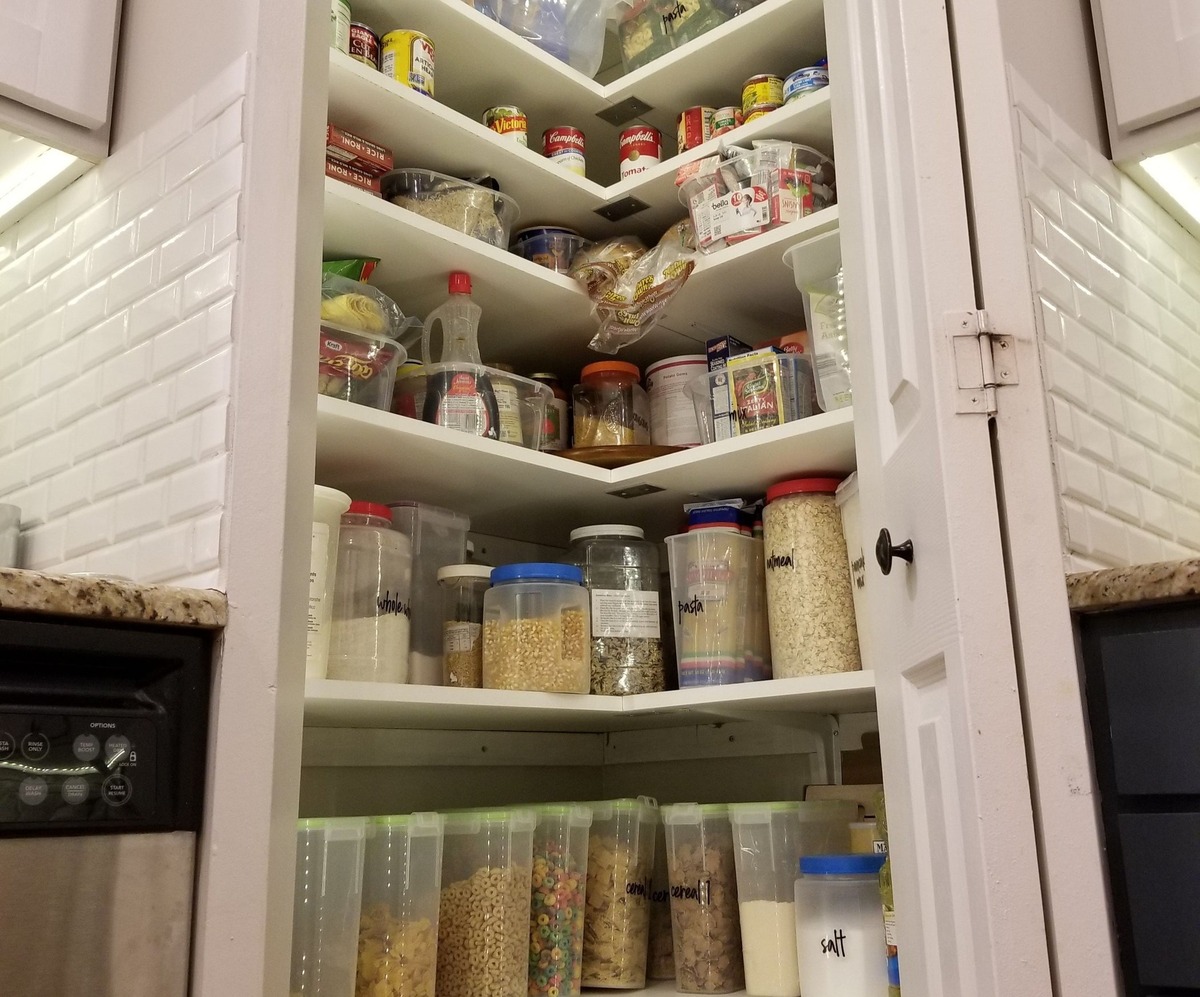



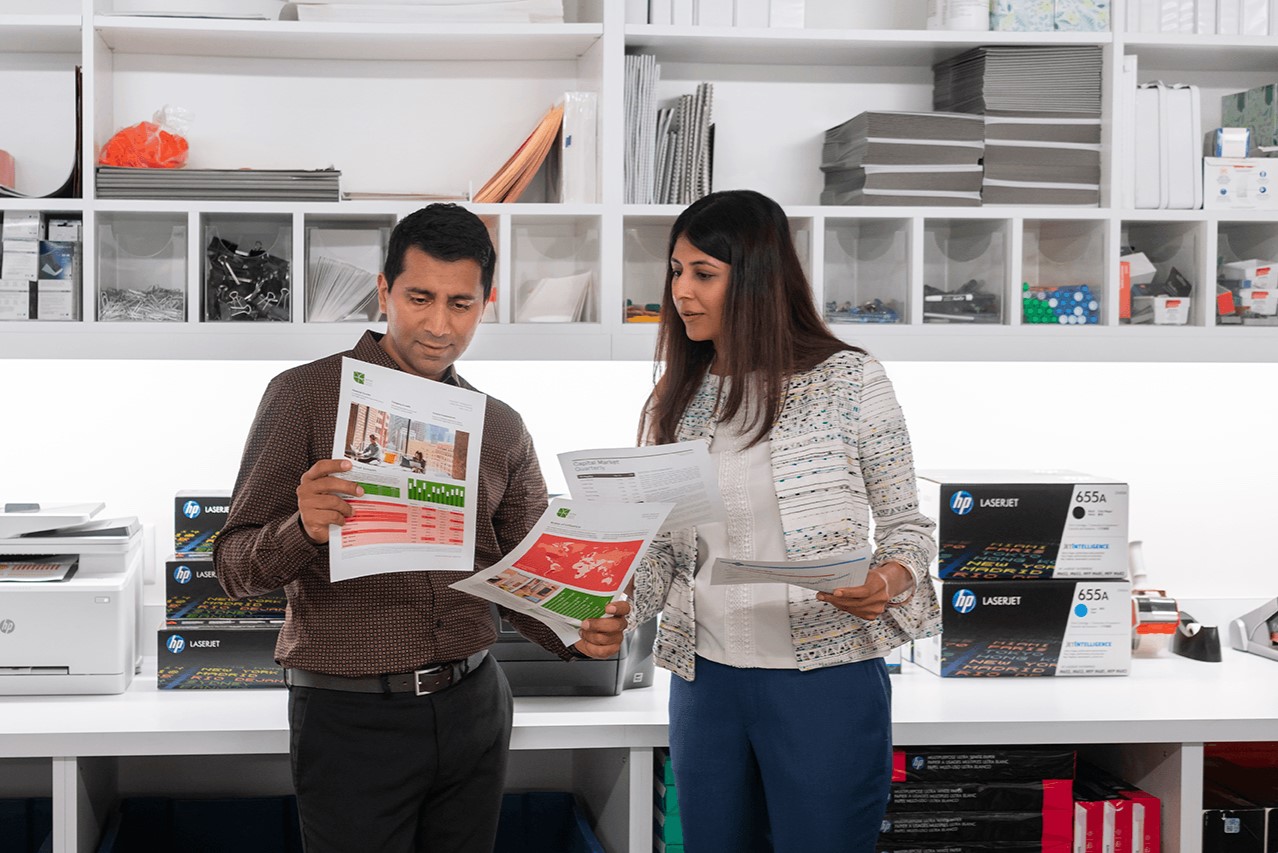
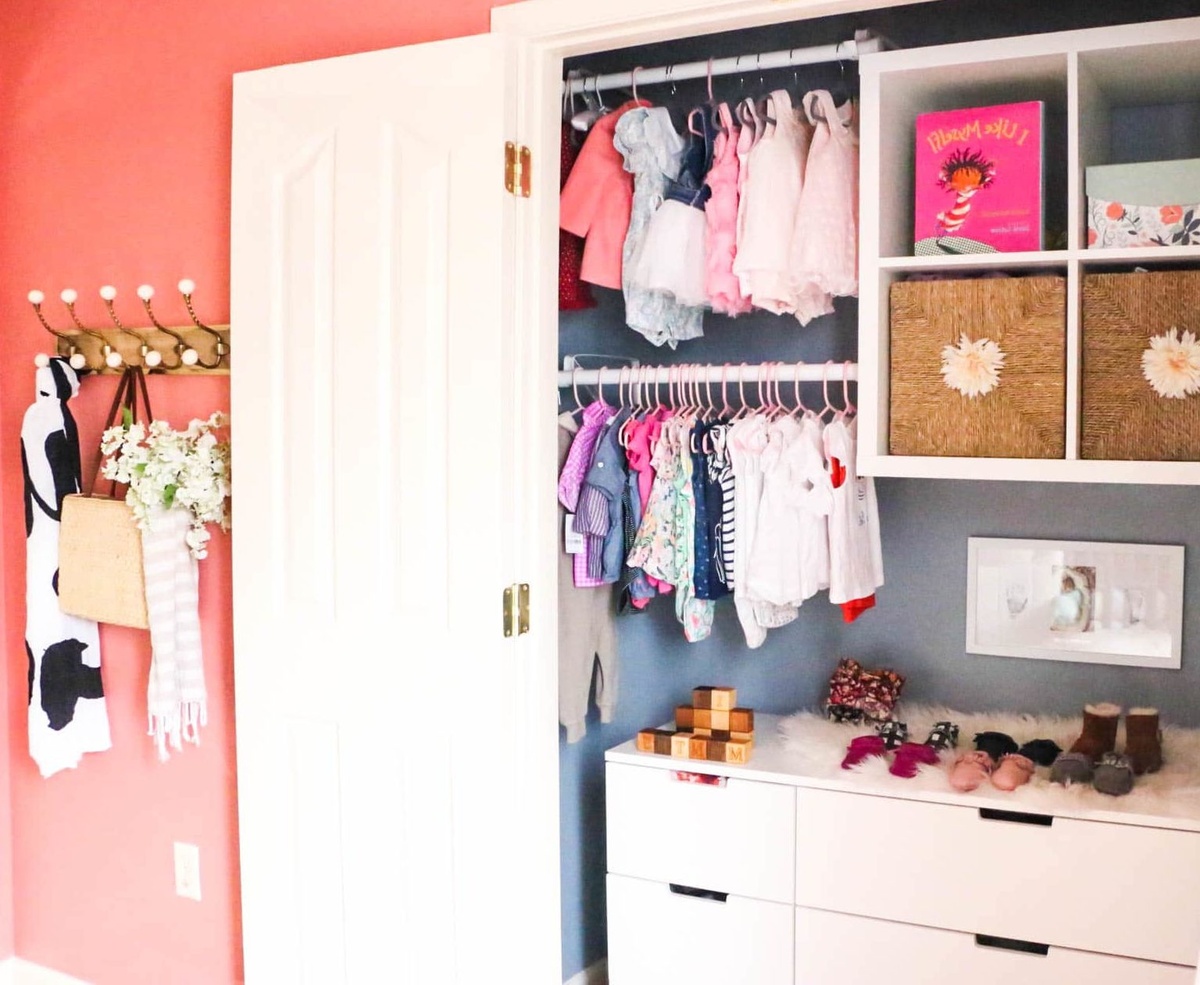



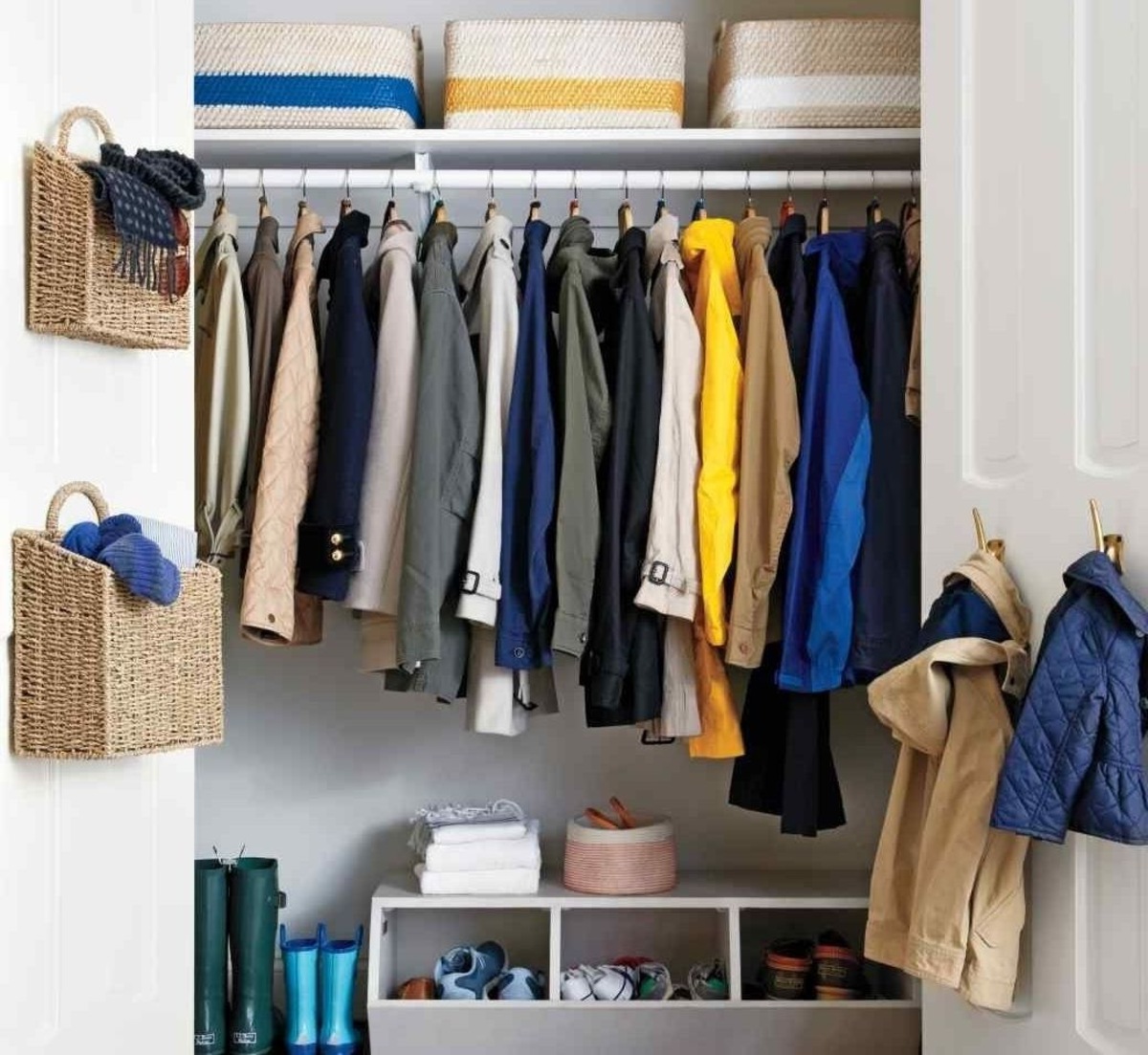
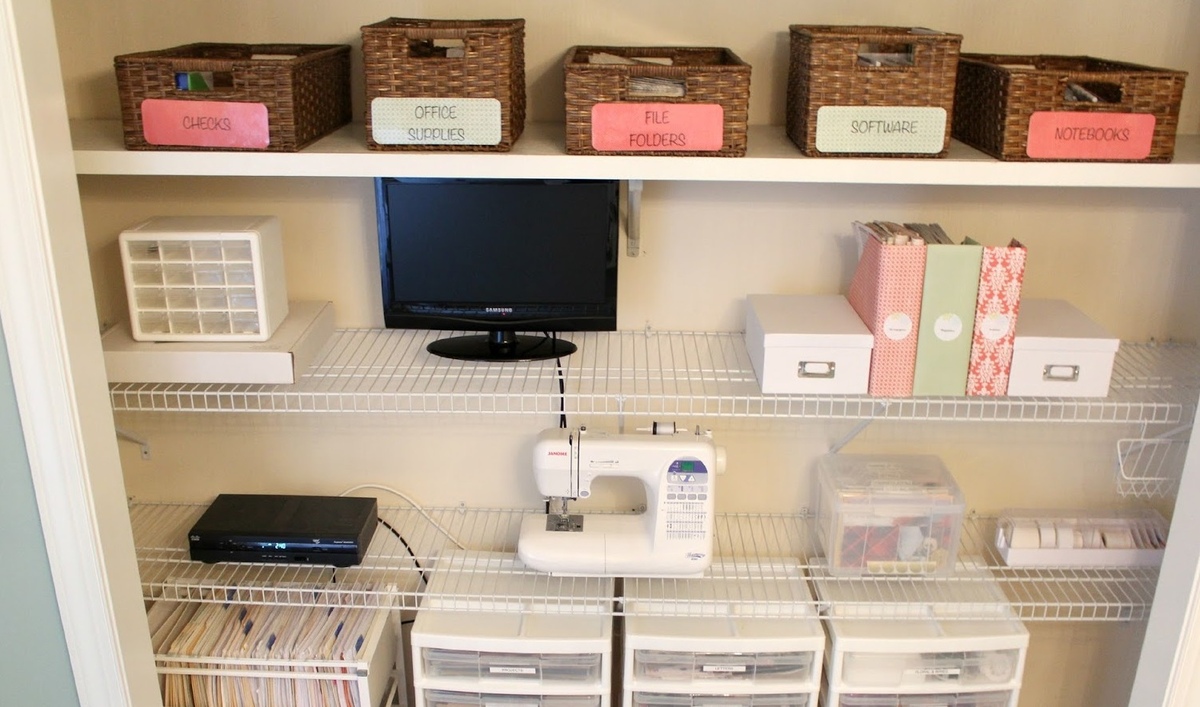




0 thoughts on “How To Organize A Pantry Closet”